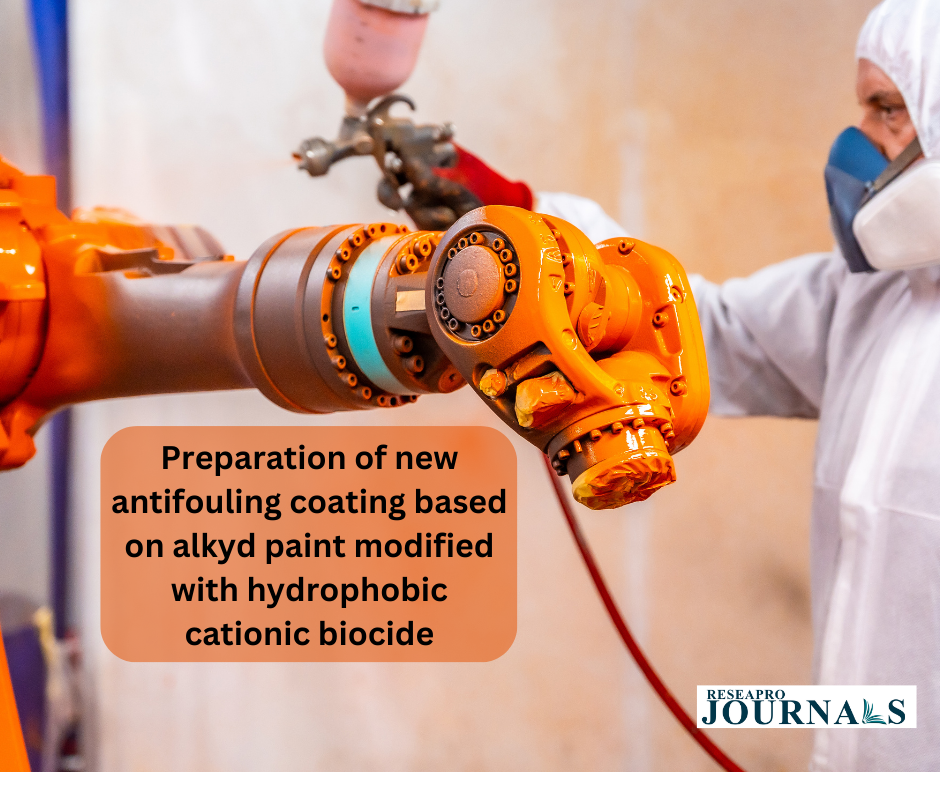|
Getting your Trinity Audio player ready...
|
Biofouling, the unwanted accumulation of marine organisms on submerged surfaces, poses a significant challenge in various maritime industries. From ship hulls to aquaculture equipment, biofouling increases drag, reduces efficiency, and necessitates costly cleaning and maintenance. To combat this persistent foe, researchers are developing innovative antifouling coatings, and one promising approach involves modifying alkyd paint with hydrophobic cationic biocides.
Alkyd paints, with their excellent film formation, adhesion, and durability, provide a robust foundation for the coating. However, their inherent susceptibility to biofouling necessitates modification. This is where hydrophobic cationic biocides come into play. These clever molecules possess a unique combination of properties:
- Hydrophobicity:┬ĀRepels water,┬Āminimizing leaching of the biocide from the coating and extending its lifespan.
- Cationic charge:┬ĀDisrupts the cell membranes of marine organisms,┬Āpreventing them from adhering to the surface.
Incorporating these biocides into the alkyd paint can be achieved through various methods:
- Direct dissolution: A simple approach, but it might affect paint properties like viscosity and film formation.
- Microencapsulation:┬ĀBiocide is enclosed in tiny polymer shells,┬Āallowing controlled release and reducing environmental impact.
- Grafting:┬ĀBiocide molecules are chemically bonded to the alkyd resin,┬Āproviding strong attachment and enhanced stability.




